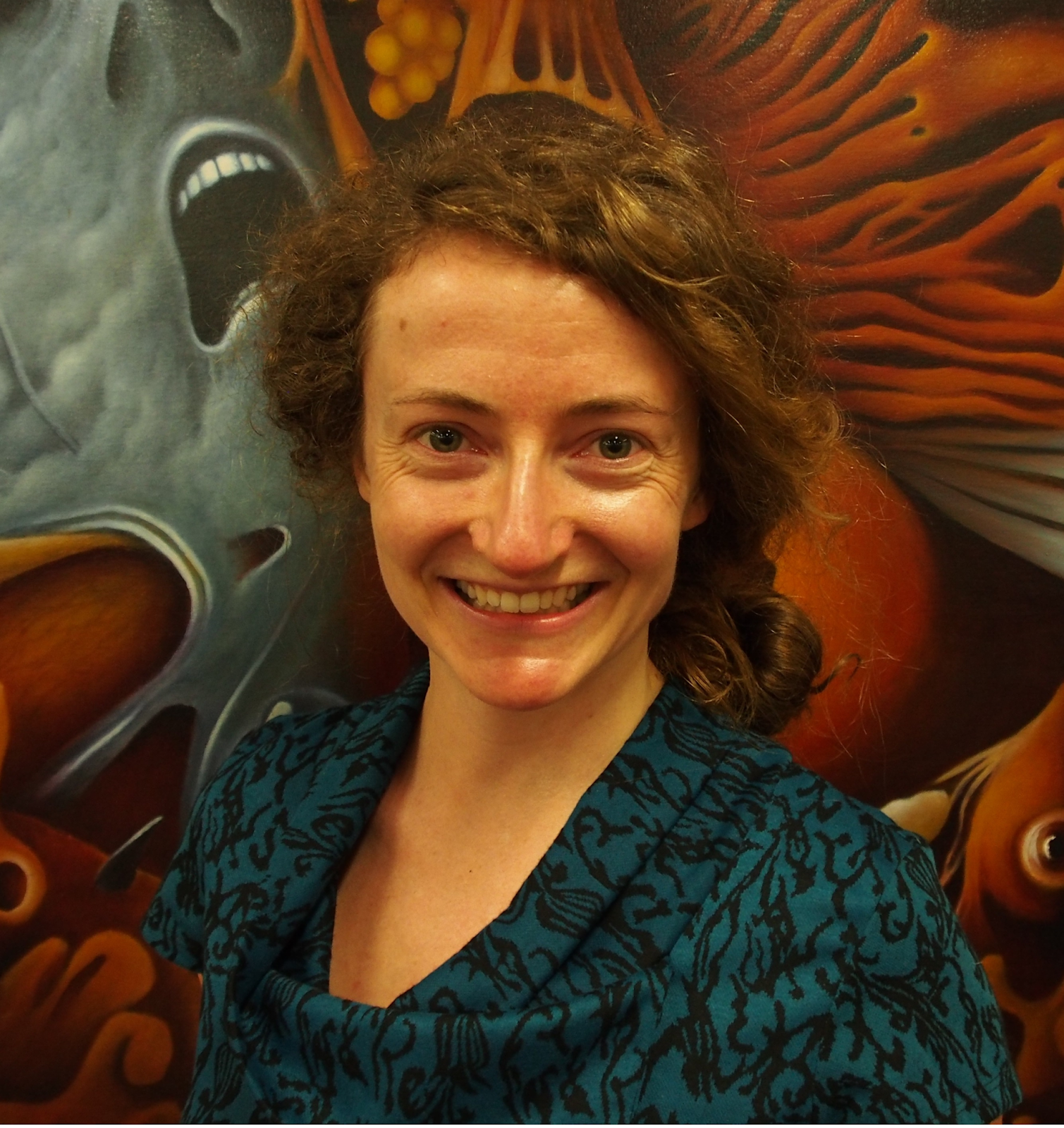


This month Dr Fiona Hawke chats with Dr Andrea Coda to learn what his future goals are, and what excites him most in the field of research.
We are exploring the validity and effectiveness of new digital health technologies to support the provision of podiatric care. Currently, we are running multiple clinical trials in symptomatic hypermobility, paediatric rheumatology and Type 2 diabetes.
Mostly at our wonderful Ourimbah Campus (Central Coast of NSW) at the University of Newcastle, Wyong Hospital, John Hunter Hospital and Westmead Hospital.
Our COVID safe research plan integrates evidence-based treatment techniques with consumer co-designed innovative and easily accessible digital health technologies. If effective, our multidisciplinary intervention could be promptly scaled nationally and readily implemented in podiatry clinics across urban, regional and rural Australia.
With the potential for translation into clinical practice, this approach can achieve enduring changes. It can improve timely and reliable assessment of crucial indicators in managing paediatric and chronic pathologies to include pain assessment, medication adherence and physical activity. Our innovative multidisciplinary strategy is aligned with the United Nations Sustainable Development Goals (#3 Good health and well-being).
When I first started in 2009, I wanted to contribute to the field of paediatric rheumatology. I also wanted to support the role of podiatrists as an active member of the multidisciplinary team.
At the time, there was limited research available in this very important paediatric field. I challenged myself by working in a new environment away from home and speaking a language that was not my native one. Most importantly, I was passionate to run a multicentre randomised control trial (RCT) that could have been useful for children with Juvenile Idiopathic Arthritis (JIA), their parents/carers and my fellow pod colleagues.
I always liked working with kids and to observe how their gait and biomechanics rapidly evolve as they grow. Kids do not care about how many titles you have before your name, and I always loved the extra challenge in connecting with them to try and understand their needs.
I think that the best part is to work hard with the awareness that your time and effort will help the future generation of podiatrists, and that their patients may directly benefit from your tested ideas.
To my PhD students now, I always remind them… ‘If it would be easy, everybody would do it!’ In my opinion, the most challenging aspect is learning to be resilient and to self-motivate yourself! It is important to never lose sight of why it is important to keep persevering.
Equally, the challenging part can also become the most rewarding part upon completion of your research.
Find the topic that you love, find a research question that no one else has yet answered, prepare yourself to work hard… but the ‘juice is worth the squeeze’.
Also, find the right mentor/supervisor, and surround yourself with kind and positive people. Be prepared to keep learning from those more experienced than you. Meticulously plan your research journey and you will love your final destination ;o)
A professional guitarist, a surfer, or possibly even a jet-pilot!
© Copyright 2021 The Australian Podiatry Association
